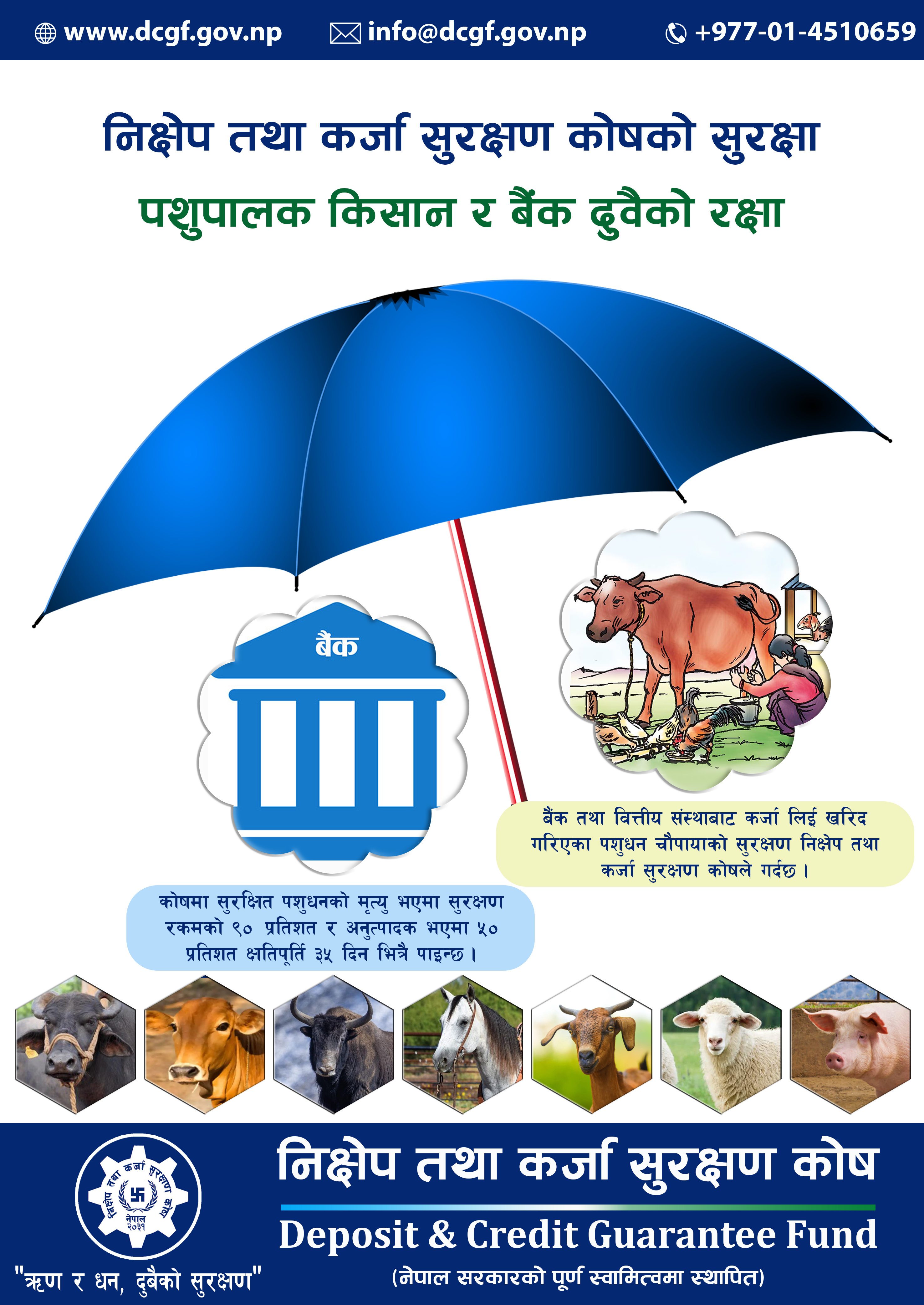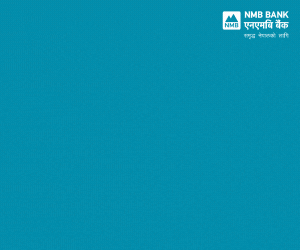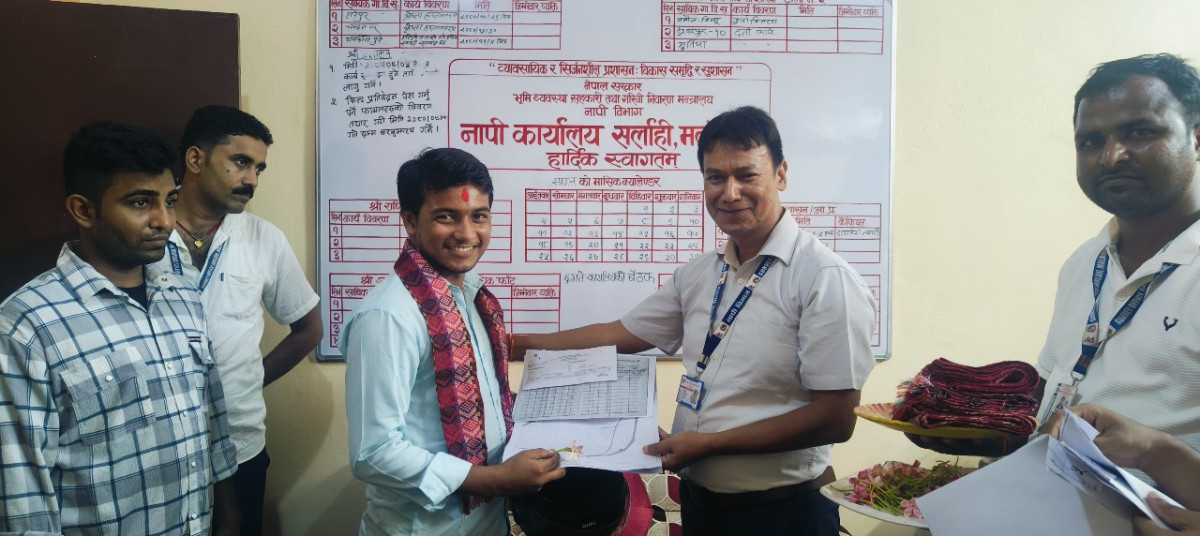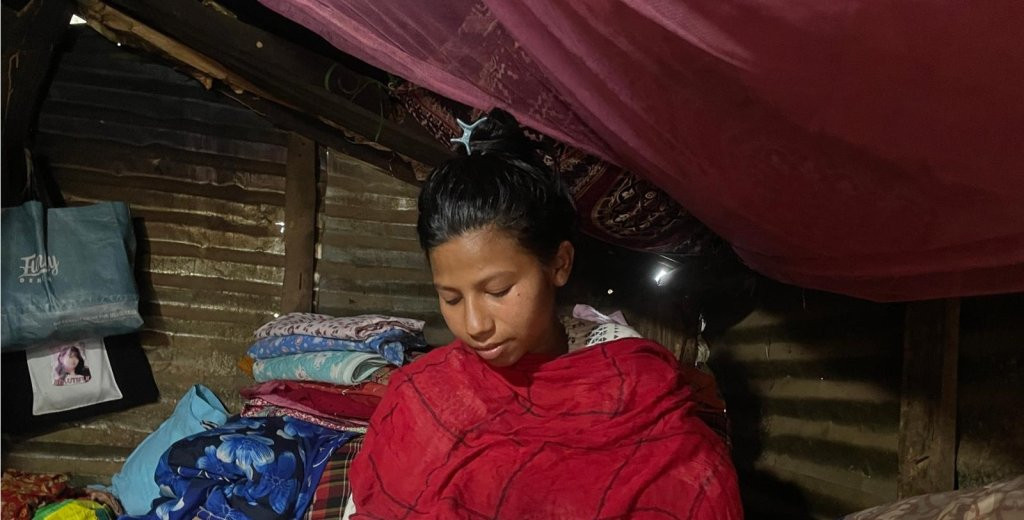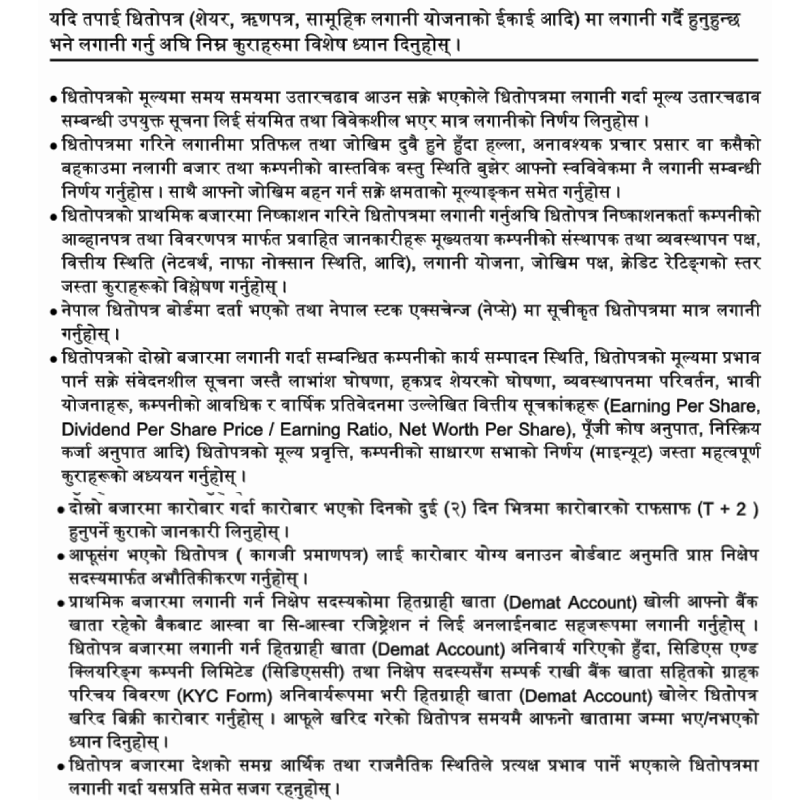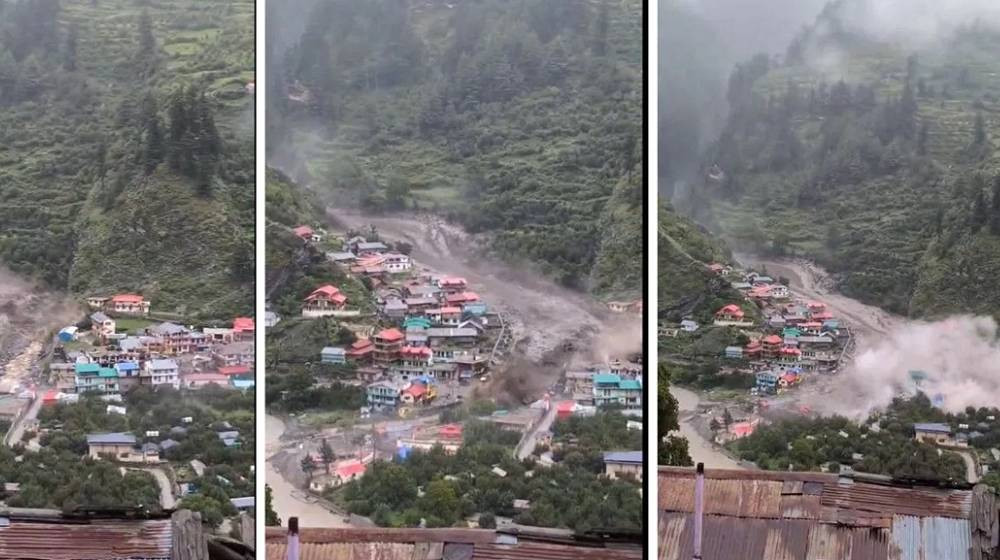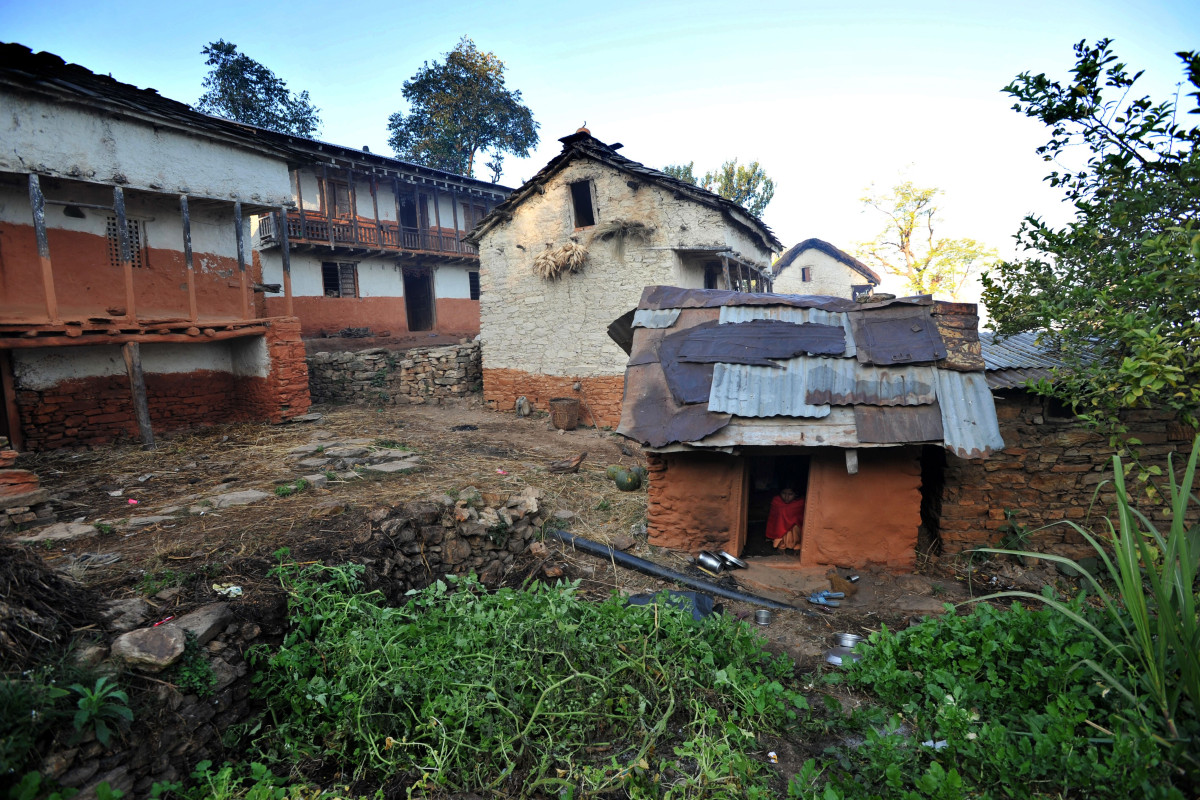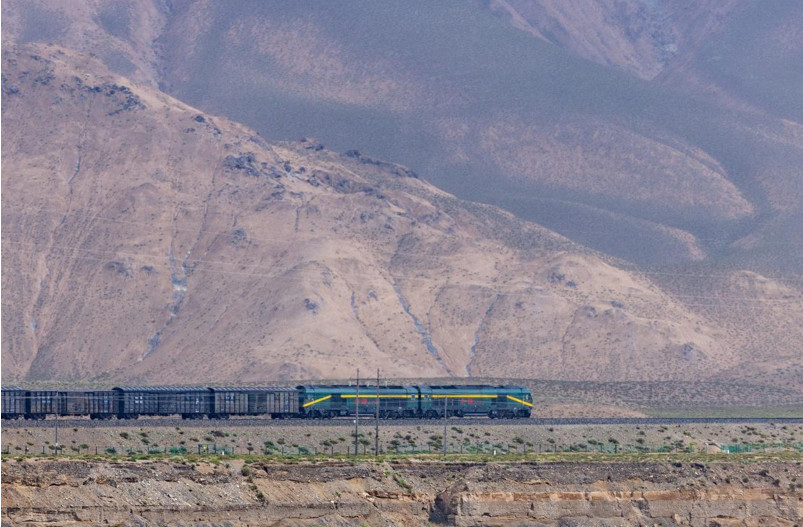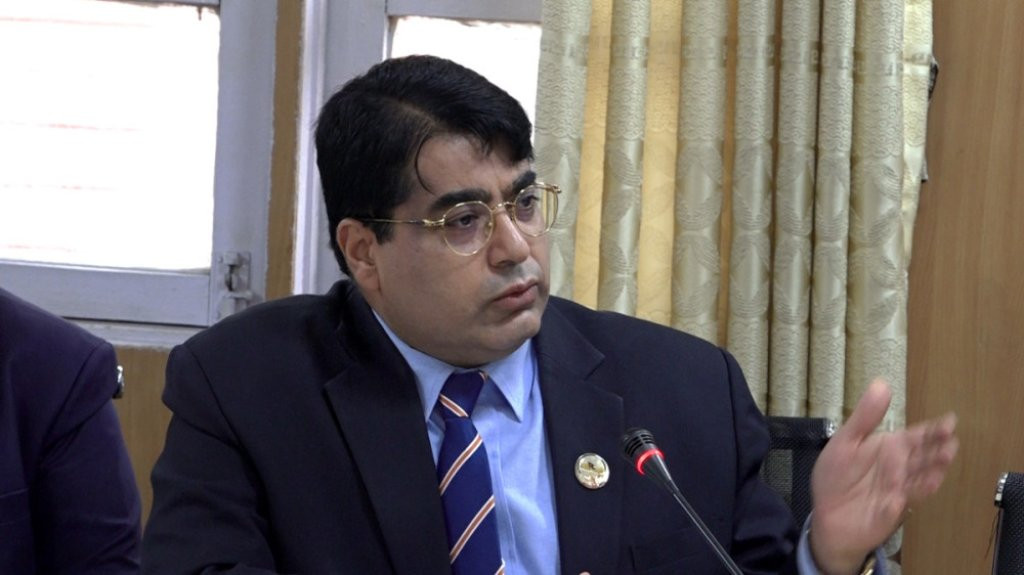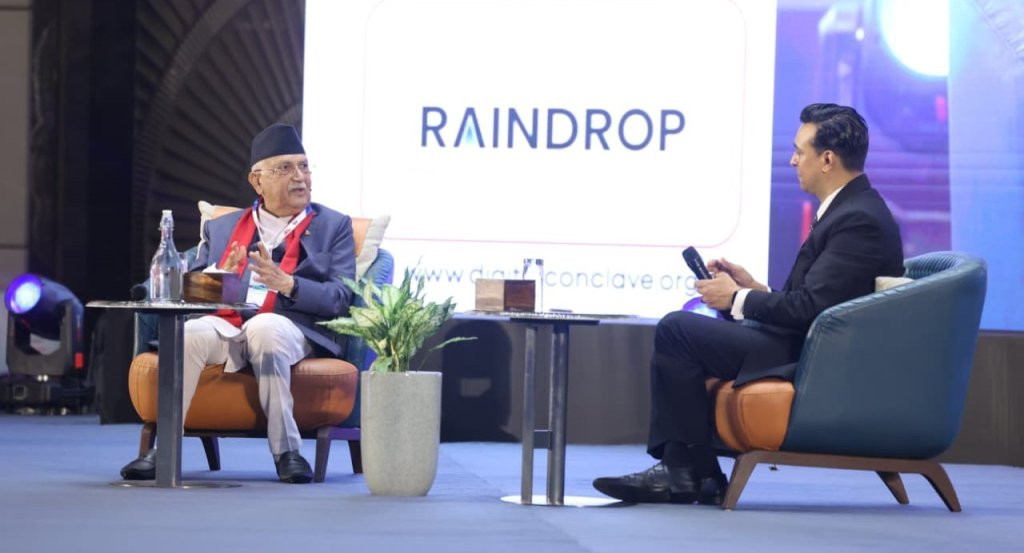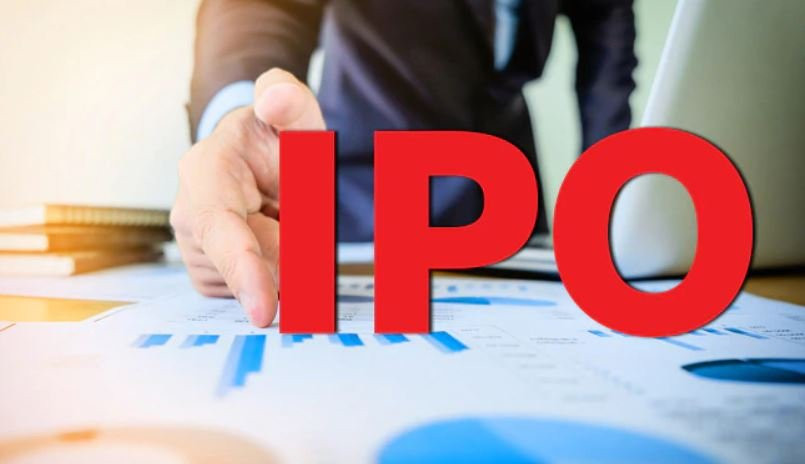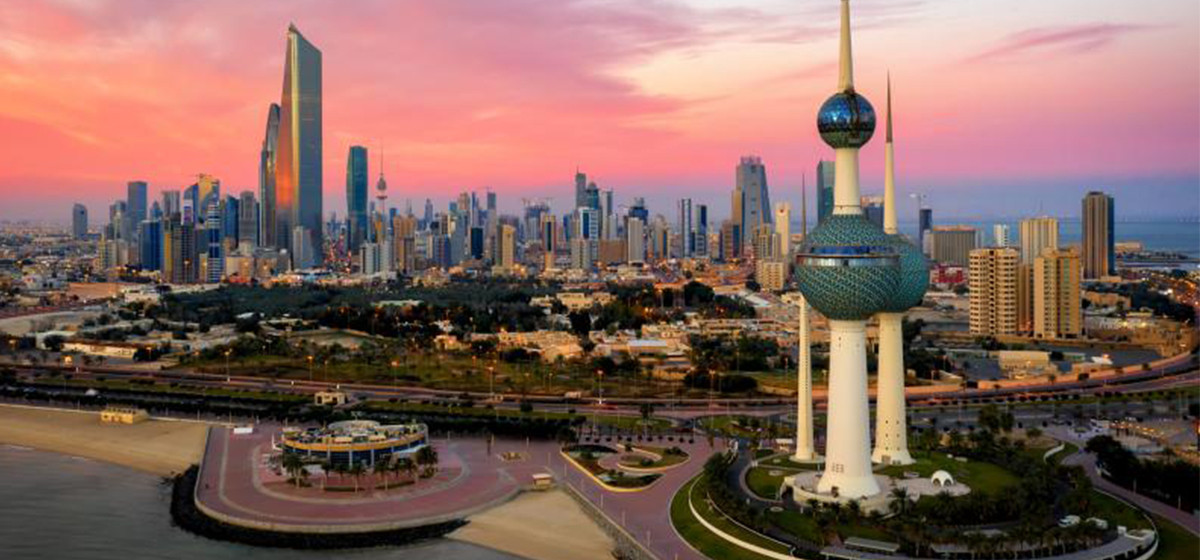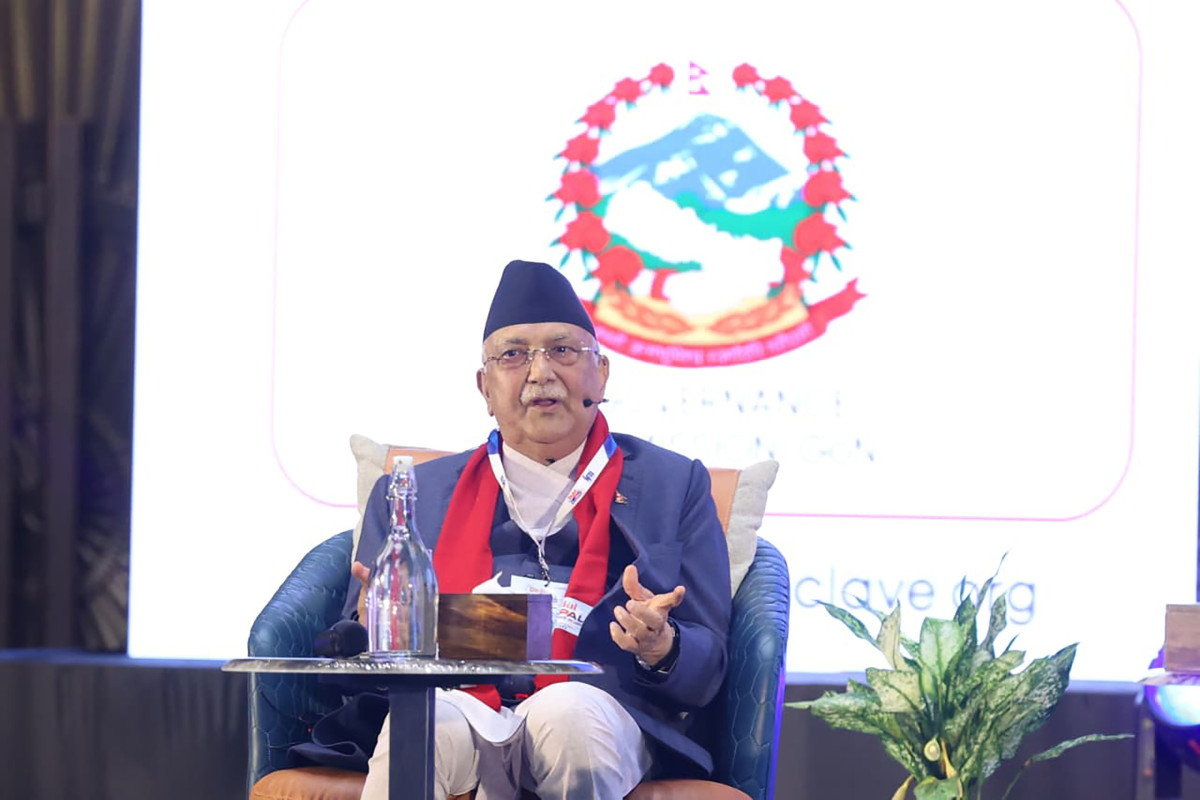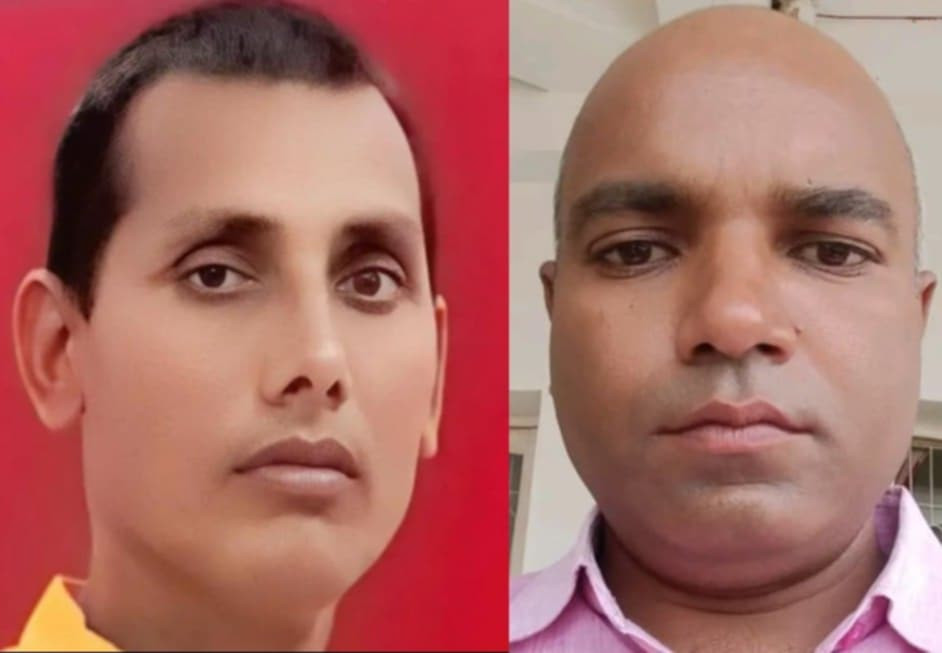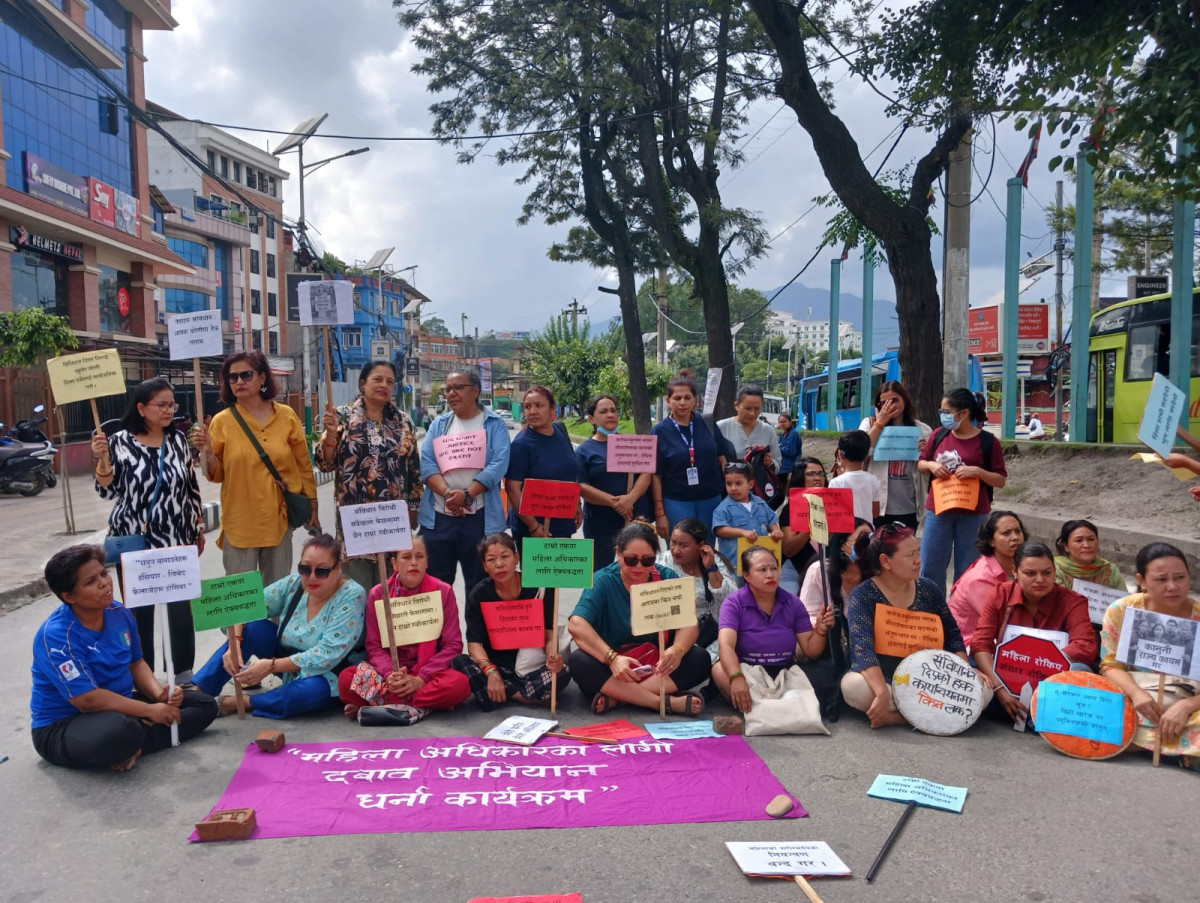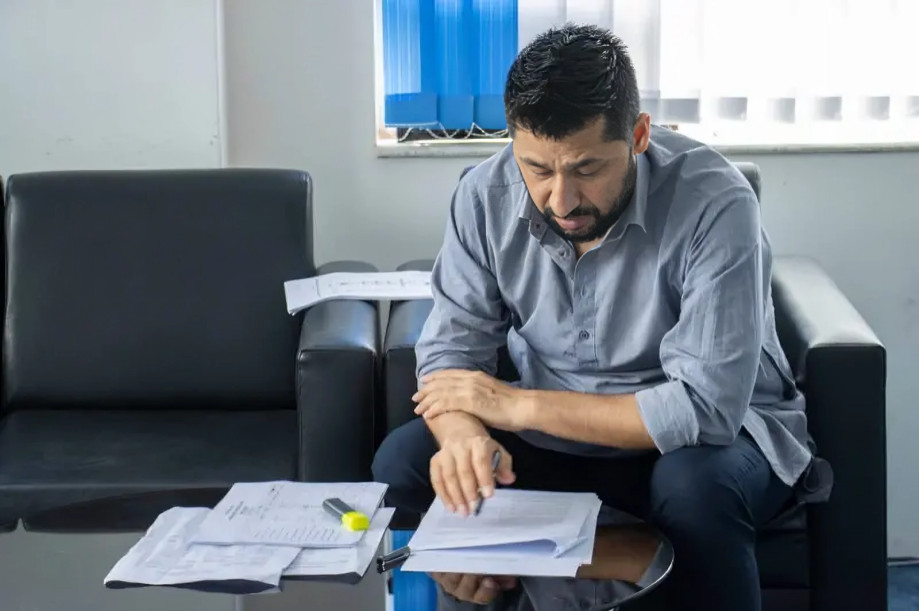For millions of Japanese households, a bowl of rice is a daily staple. But now, that simple comfort food has become a growing symbol of frustration.
According to government data released Friday, rice prices soared 99.2% in June compared to the same time last year, almost doubling in just 12 months. This massive spike is turning up the heat on Prime Minister Shigeru Ishiba, just as the country heads into a crucial election weekend.
Public support for Ishiba has plunged to its lowest since he took office, as people struggle with rising living costs, growing inflation, and political scandals. For many, the skyrocketing cost of rice - a food that sits at the heart of Japanese culture and cuisine - feels especially personal.
“We can’t even buy the same amount of rice we used to. It’s not just prices, it’s our way of life being affected,” said a Tokyo mother of two in a local interview.
The spike isn’t new - rice prices jumped over 100% in May, and had already been climbing steeply since March.
Political Trouble Brewing
With upper house elections taking place on Sunday, Ishiba’s party faces the real threat of losing its majority. That could lead to Ishiba being pushed out of office, less than a year after becoming Prime Minister.
His party, the Liberal Democratic Party (LDP), is still reeling from its worst election result in 15 years last October, when it lost its majority in the powerful lower house.
International Pressure Adds to the Challenge
At home, Ishiba is battling inflation. Abroad, he’s under pressure from the United States to strike a trade deal - or face new 25% tariffs starting August 1.
Washington is pushing Japan to buy more American goods - like cars, energy, and even rice - and build more in the U.S. to help close a massive $70 billion trade gap.
Ishiba’s top trade envoy, Ryosei Akazawa, has already made seven trips to Washington trying to strike a deal. On Friday, U.S. Treasury Secretary Scott Bessent arrived in Tokyo for more talks. Both men are expected to visit the World Expo in Osaka this weekend.
Why Is Rice So Expensive?
It’s a mix of problems. A brutally hot and dry summer two years ago damaged rice crops across the country. Since then, some traders have been hoarding rice, hoping to sell it later at higher prices.
Things got worse when people started panic-buying rice last year, after a government warning about a possible megaquake, which thankfully never hit.
To ease the shortage, the government began releasing rice from its emergency reserves in February rare move typically made only after natural disasters.
What’s Next for the Economy?
Although overall inflation slowed slightly to 3.3% in June, experts say the pain isn’t over. The Bank of Japan is now stuck between a rock and a hard place: raise interest rates to fight inflation, or keep them low to avoid hurting jobs and exports amid U.S. trade pressure.
"Real wages aren’t growing fast enough to keep up," said Stefan Angrick, an economist at Moody’s Analytics. “People are earning more on paper, but it doesn’t feel like it. Everything is more expensive.”
The Bank may hold off on raising rates for now, but a hike could come by the end of the year, Angrick added.


.gif)



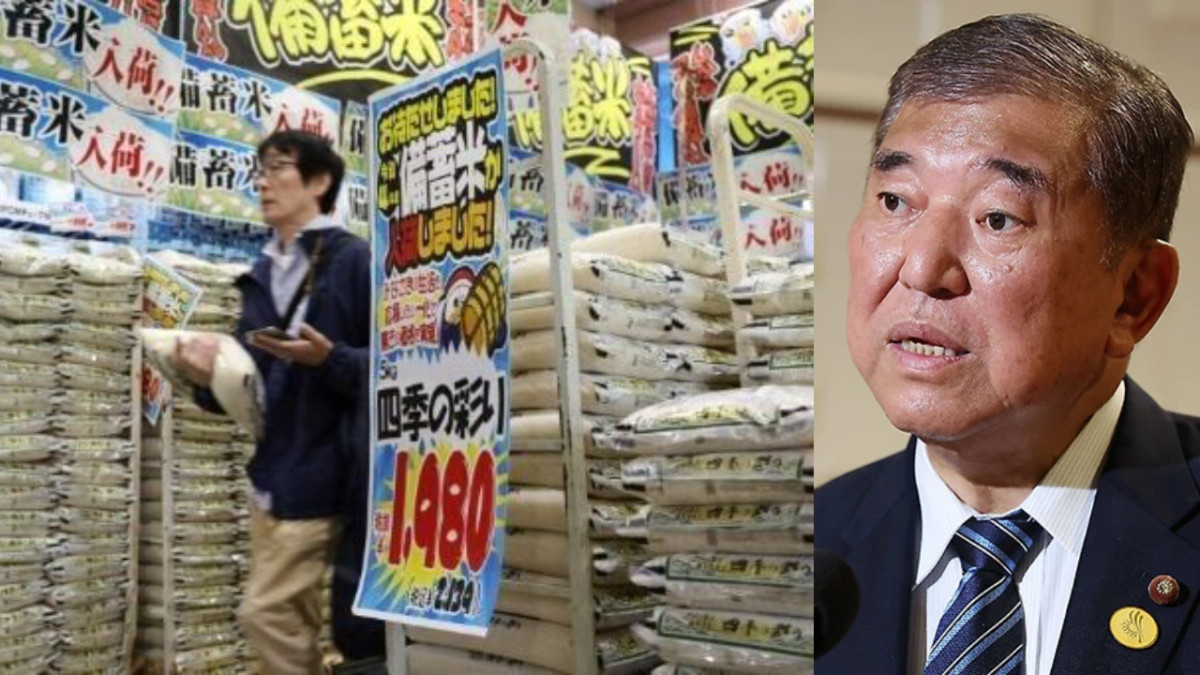


.jpeg)
.gif)



